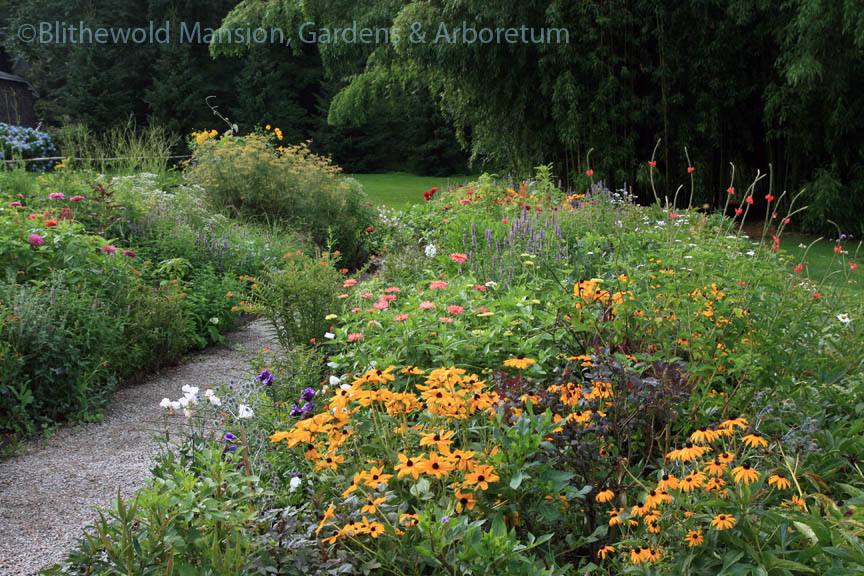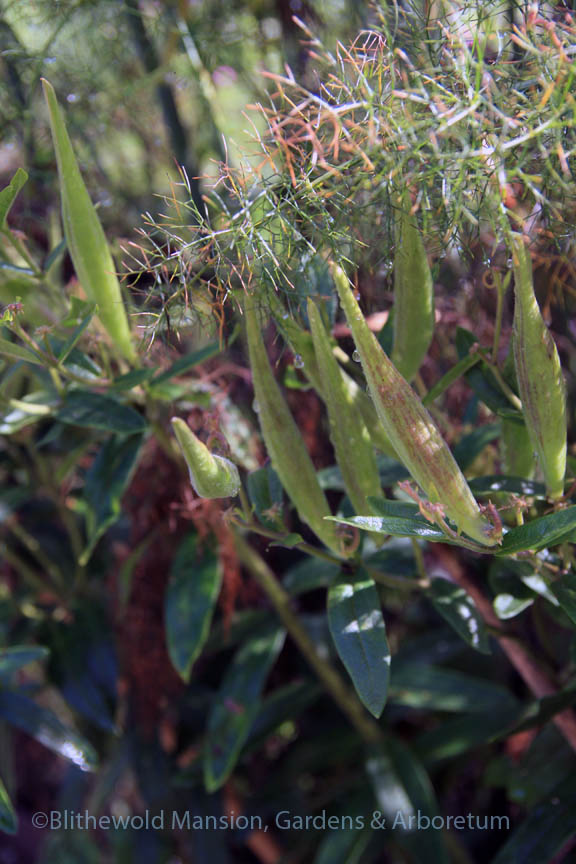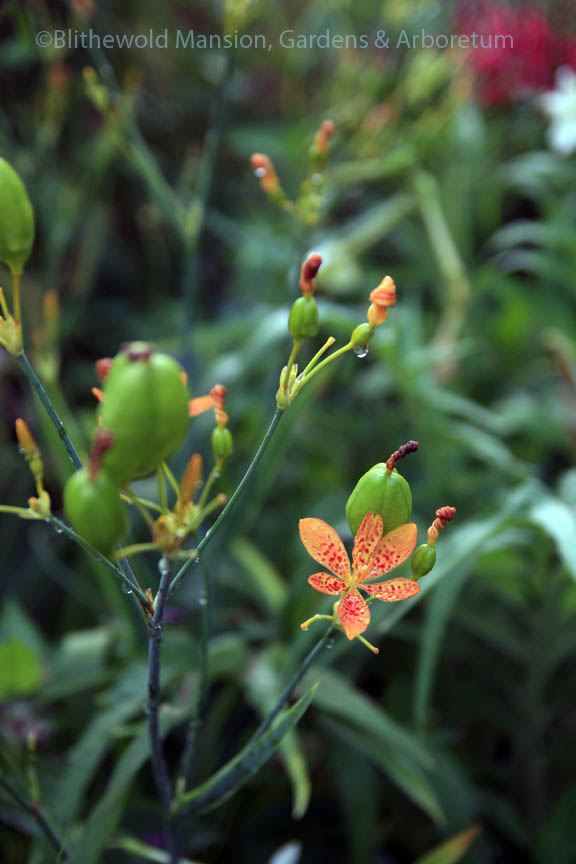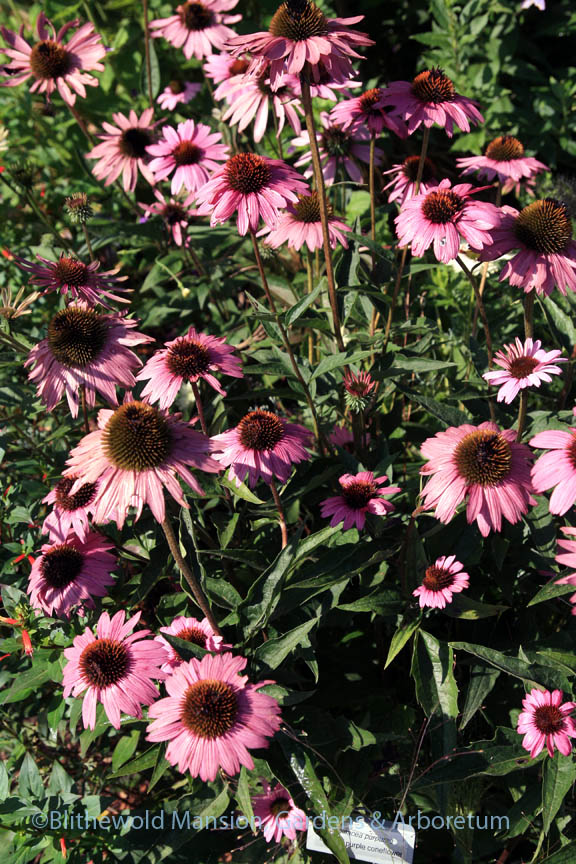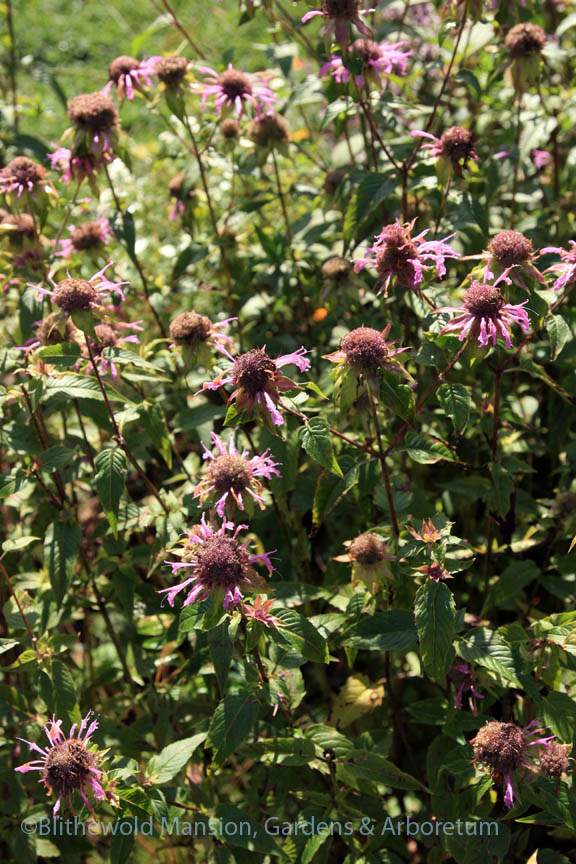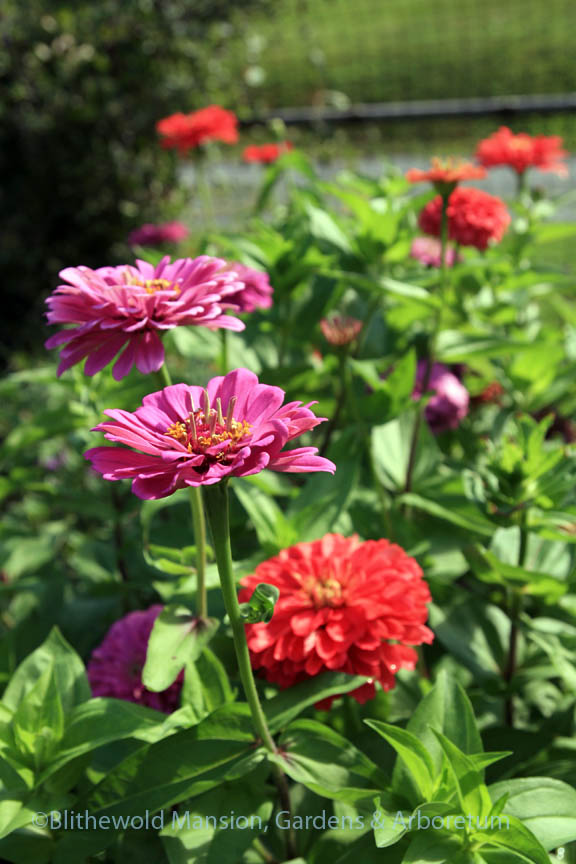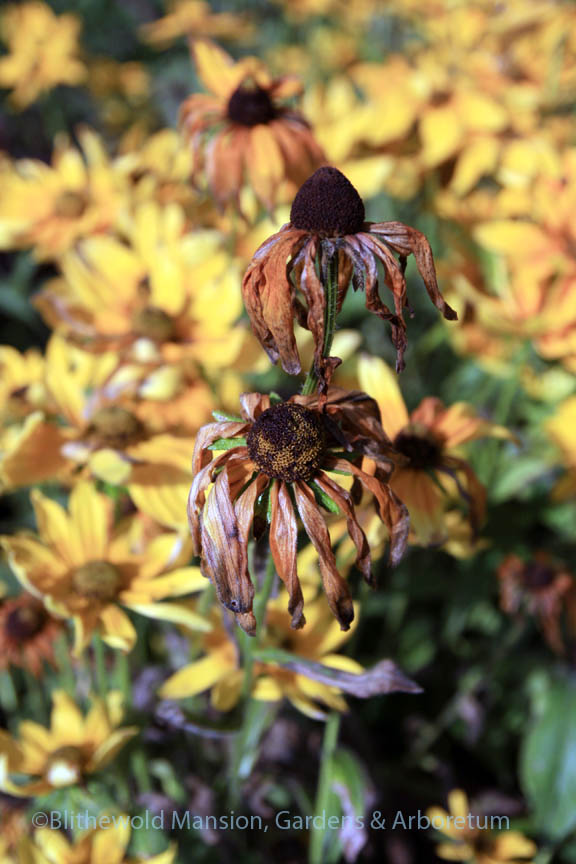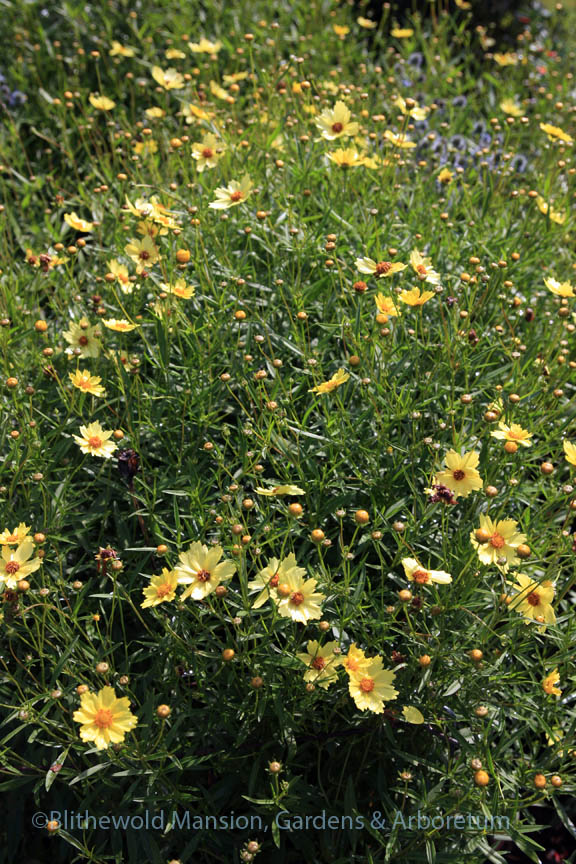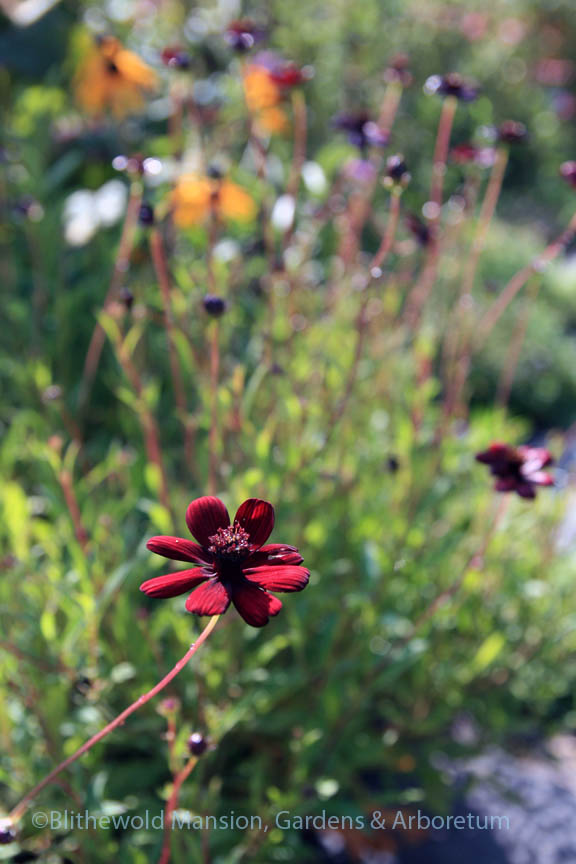Slow gardening
This week has to have been the prettiest week of the summer so far. The sky is clear as a bell, a slightly lower humidity level has made it easier for internal thermostats to function as nature intended, and we even just had a tiny but delicious bit of overnight rain to dust everything off and make the world sparkle. It doesn’t get much better. And yet I have the mid-summer slows. I’m very glad that there’s nothing too strenuous on the to-do lists right now. And what does need to be done — what pulls me off my seat and back out into the garden — is a meditative pleasure. (For the most part. Mosquitoes and coreopsis can wreck my reverie.)
There’s always weeding — we’ve decided to hand out kudos for the biggest catch of the day (Dianne won yesterday for an enormous deadly nightshade vine). And ’tis the season to deadhead. Not every plant requires it. As a matter of fact, I noticed that the majority of plants in my own garden produce seedheads that give me the deadheading days off. Here we don’t touch the butterfly weed (Asclepias tuberosa) because their handsome pods mean more butterfly weed for next year. And blackberry lilies (Iris domestica syn. Belamcanda chinensis) are given that name for the surprise hidden inside their balloons. Remove those before they open? Never.
We’re on the fence about deadheading plants like coneflower (Echinacea purpurea) and beebalm (such as Monarda fistulosa ‘Claire Grace’) that also produce seedheads. On the one hand, more blooms are coming below the fading ones and they might come bigger and faster if given the opportunity to pump more energy into those flowers. But their seedheads are attractive in more ways than one. (Who doesn’t love to feed the goldfinch?) This year we’re doing a little more deadheading of those plants in the pollinator garden than we did last year to see how we and the wildlife enjoy the difference.
Zinnias, Chocolate cosmos (Cosmos astrosanguineus), coreopsis, and black-eyed Susans (Rudbeckia hirta ‘Indian Summer’ and ‘Prairie Sun’) really need the encouragement of deadheading to keep blooming and since their seedheads are no great shakes, there’s no incentive to leave them hanging on. Unfortunately, like I mentioned above, deadheading coreopsis is enough to make a gardener go crazy. It must be sheared instead. On the other hand, chocolate cosmos, which has similar whip-thin stems and a profusion of deadheads, is a pleasure to work on. But then I am a chocoholic.
We deadhead the daylilies daily to keep up appearances — they look so much better after the limp dishrags of yesterday’s blooms have been snapped off. And it’s about time to shear the lavenders. That is my favorite deadheading job on the property — the before and after difference is gratifying and the scented oil that gums fingers and tools is heavenly — so the volunteers and I have been savoring it one plant at a time.
Are you taking it slow in the garden right now too? What are your favorite plants to deadhead — or not to deadhead?

